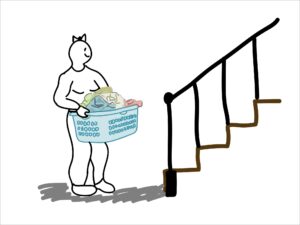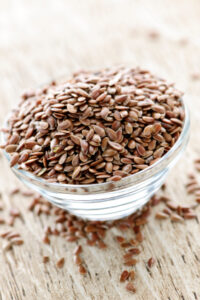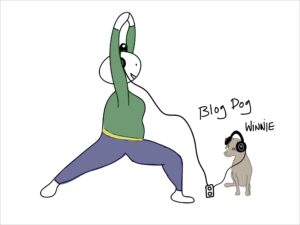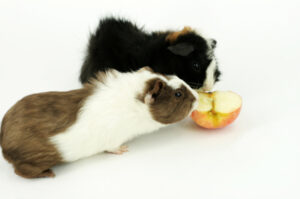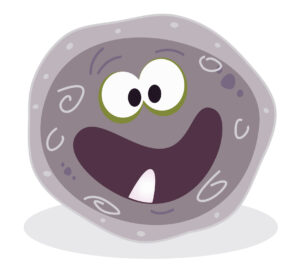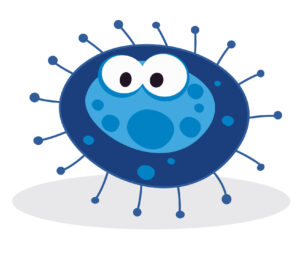 “In here is the sitting room. I do all my sitting here. I’m becoming quite an expert here… at sitting.”
“In here is the sitting room. I do all my sitting here. I’m becoming quite an expert here… at sitting.”
A favorite line from the 1945 movie version of Mildred Pierce with Joan Crawford. Her trust-fund boyfriend tells her this once he’s become the ultimate procrastinator and mooch, and is being forced to sell his grand mansion. Instead of kicking him to the curb, she buys his house (sitting room and all) and marries him!
Whaaaat?
She should have done some spring cleaning!
As the plot sickens (that’s not a typo), we find out our heroine has ulterior motives for wedding Mr. Do Nothing. She wants to appear upper crust to please her relentlessly spoiled daughter. Her despair balloons, however, as she becomes mired in disorganization and excess; never enough for the insatiable child.
Our lives are not a movie script, I realize.
We are indeed our own screenwriters, however, crafting the sequence of events that might allow us happiness through order and simplicity — and, fortunately, we don’t require great plot twists. As the weather warms, this is an inspiring time of year to hone our scripting technique.
Let’s begin with the impetus to inspire you toward more order…
A study on happiness, (reported in Reader’s Digest, March 11, 2010, and printed in the book, The Longevity Project, Hudson Street Press) followed 1500 people for 80 years. Incredibly impressive research for sure. The outcomes are intriguing…
People who were “conscientious” or were described as having “a good head on their shoulders” were the “winners,” living longest. Why? Conscientious people were most likely to develop healthy patterns they were able to maintain. Sorry Billy Joel, you were wrong, the good do not die young. Here’s what they had in common to support their patterns:
- A job in which they felt engaged
- An education
- A healthy, stable, close relationship
- Involvement with community
“People who are most involved and dedicated to accomplishing things” are most happy, which leads to health, which leads to longevity.
How do we get started? First, don’t spoil your bratty daughter. Oh, I digress again! No, the research states that it helps to surround yourself with those who are dedicated, engaged and responsible. Positive peer pressure does make a difference. It rubs off.
Second, for you hands-on folks, here is a quick tip for ordering paper clutter on your desk that you can share with your buddies for good peer pressure:
Touch paper only once until it needs to be acted upon. To do so, file papers in one of two places:
- “Permanent action files,” and then add the “action” to your “to-do” or task list; OR
- Archival files for referral to down the road – but do it right away, rather than making a pile.
Bottom line, tips are great, and we know so many of them. Why don’t we do them? Because we need that gosh darn village to cheer us in the right direction, rather than away. Quite simply, by being around those who have orderly patterns, you’ll have more potential to become orderly too.
In some fields we call this, “Vicarious Resiliency.” By choosing jobs, people, and hobbies that lead you in a healthy direction, wellness becomes the path of LEAST resistance.
 Had Mildred only known! Had she dumped the deadbeat boyfriend and stuck to her skilled and ordered business plan, and to her core values of dedicated hard work, she’d have been rich like a queen; and maybe her bratty little daughter wouldn’t have pushed her to the brink (I won’t spoil the plot twists but let’s just say it didn’t end well for bratty).
Had Mildred only known! Had she dumped the deadbeat boyfriend and stuck to her skilled and ordered business plan, and to her core values of dedicated hard work, she’d have been rich like a queen; and maybe her bratty little daughter wouldn’t have pushed her to the brink (I won’t spoil the plot twists but let’s just say it didn’t end well for bratty).
“Oh boy! I’m so smart it’s a disease!” – said by Wally, Mildred’s very organized manager pal.
Happy spring cleaning everyone!
See YOU on the green and flowery PATH Ahead.
